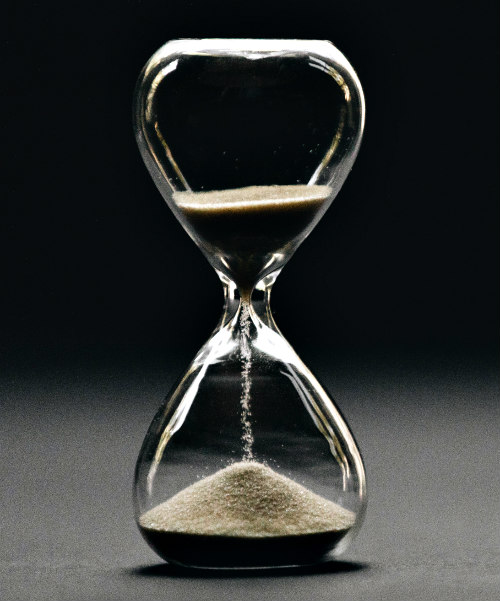
Often find yourself overwhelmed and overly stressed? No wonder; currently with technology being as accessible as it, tasks can grow quickly until that mountain of jobs feels like its looming. We have a few tips and tricks to share with you that help us get through these busy periods.
One thing to consider when this happens is how you are spending your time and there are some great tools and techniques out there to help you. One of these deals with prioritisation and is known as the Eisenhower Matrix.
Sorting your tasks into the quadrants allows you to visually identify which tasks are urgent and important helping you to really understand what to tackle first and what not to do at all (yes really!) – you can find more information and a great little video on the Eisenhower website here.
Something else that comes up often is how to deal with your emails, if you find yourself responding to each and every ‘ping’, interrupting your workflow there are a few methods to consider:
Julie Morgenstern (Oprah’s favourite organisational expert) recommends not touching your email until you’ve done something important for at least 30-45 minutes or even longer if you can otherwise it gives you a false sense of accomplishment.
Productivity expert Elizabeth Grace Saunders says just once every 24 hours is plenty enough to check your emails, generally first thing in the morning so you can deal with them then and there and plan for your day.
However, Dr Emma Russell, Occupational Psychologist and head of well-being at Work Research Group at Kingston Business School in London, conducted an extensive review of literature pertaining to the strategies that people use to manage their work email and came up with a magic number: It’s most effective to check your email every 45 minutes; a drastic difference from the former two methods.
Frequent emails can be a time drain that deters you from the real, important work, Russell says. “When we are interrupted, our interrupted task needs to remain open, which is demanding, and we need to make a decision about whether to attend to the interruption or remain on task,” she says. “Whichever choice we make, we have to suspend the temporarily rejected task in mind, ready to return to at some point in the future.” Since our attention span lasts 45 minutes before we need to take a break, we should check emails to coincide with this natural need for breaks, Russell explains in a Forbes interview in 2018.
Whichever path you choose must suit you and your business and it’s worth remembering to communicate this to your customers from the get-go. Set some boundaries by letting them know how and when you can be reached and what sort of timeframe they can expect for you to respond to queries. Saying that, it’s important to then meet these expectations and keep up that mutual respect, they will likely be busy businesspeople too with their own agendas and workloads to manage.
Finally…..take a lunch break…
Lots of people work through their lunch break, but the NHS Moodzone website says that can be counterproductive. “As a general rule, taking at least 30 minutes away from your desk will help you to be more effective in the afternoon,” says Emma Donaldson-Feilder, a chartered occupational psychologist.
“Go for a walk outdoors or, better still, do some exercise,” she says. “You’ll come back to your desk re-energised, with a new set of eyes and renewed focus.”
Planning with regular breaks in mind will also help you to break up your work into more manageable chunks and make you feel more in control of your day.
So there you have it, let us know if any of these work for you or share your own tips and experiences with us on our Linkedin or Twitter and our new Facebook page.